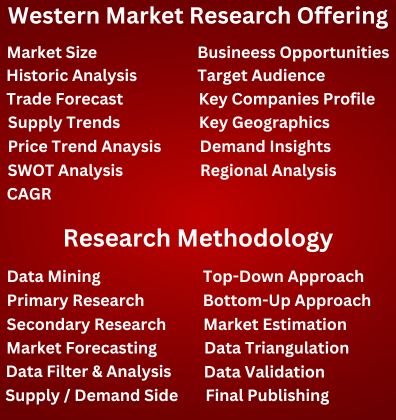Key Segments
Conventional Power Generation:
Fossil Fuels: Electricity generated from coal, natural gas, and oil.
Nuclear Power: Energy produced through nuclear fission in reactors.
Renewable Energy:
Solar Power: Energy harnessed from the sun using photovoltaic cells or solar thermal systems.
Wind Power: Electricity generated from wind turbines.
Hydropower: Power produced from moving water, typically via dams.
Biomass: Energy from organic materials, such as plant and animal waste.
Geothermal: Heat energy extracted from the Earth's core.
Energy Storage:
Batteries: Lithium-ion, lead-acid, and other types for storing electricity.
Pumped Hydro Storage: Storing energy by moving water between reservoirs at different elevations.
Transmission and Distribution:
Grid Infrastructure: Networks for transporting electricity from power plants to end-users.
Smart Grids: Enhanced grids using digital technology for better efficiency and reliability.
Trends and Challenges
Decarbonization: Shift towards reducing carbon emissions and transitioning to cleaner energy sources.
Technological Innovation: Advances in renewable energy technologies, energy storage, and grid management.
Regulatory Policies: Government regulations and incentives promoting renewable energy adoption.
Energy Security: Ensuring a stable and reliable energy supply amidst geopolitical and market fluctuations.
Cost Reduction: Declining costs of renewable energy technologies making them more competitive with conventional sources.
Key Players
Conventional Power: ExxonMobil, Chevron, Duke Energy, EDF (Electricité de France), Southern Company
Renewable Energy:
NextEra Energy: Major player in wind and solar energy.
Iberdrola: Leading in renewable energy generation, particularly wind power.
First Solar: Known for solar panel manufacturing and solar power projects.
Orsted: Global leader in offshore wind energy.
Tesla: Significant contributions to energy storage and solar energy through its battery and solar products.
Market Dynamics and Future Outlook
Investment Growth: Increasing investments in renewable energy projects and infrastructure.
Global Demand: Rising energy demand, particularly in developing regions, driving the need for more power generation capacity.
Innovation and R&D: Continuous research and development in new energy technologies and improving existing ones.
Sustainability Initiatives: Corporate and governmental focus on sustainable energy practices and reducing environmental impact.
Grid Modernization: Upgrading and expanding grid infrastructure to accommodate more renewable energy sources and enhance resilience.
The Power & Renewable Energy industry is at the forefront of addressing global energy needs while balancing environmental sustainability, technological advancements, and economic growth.


